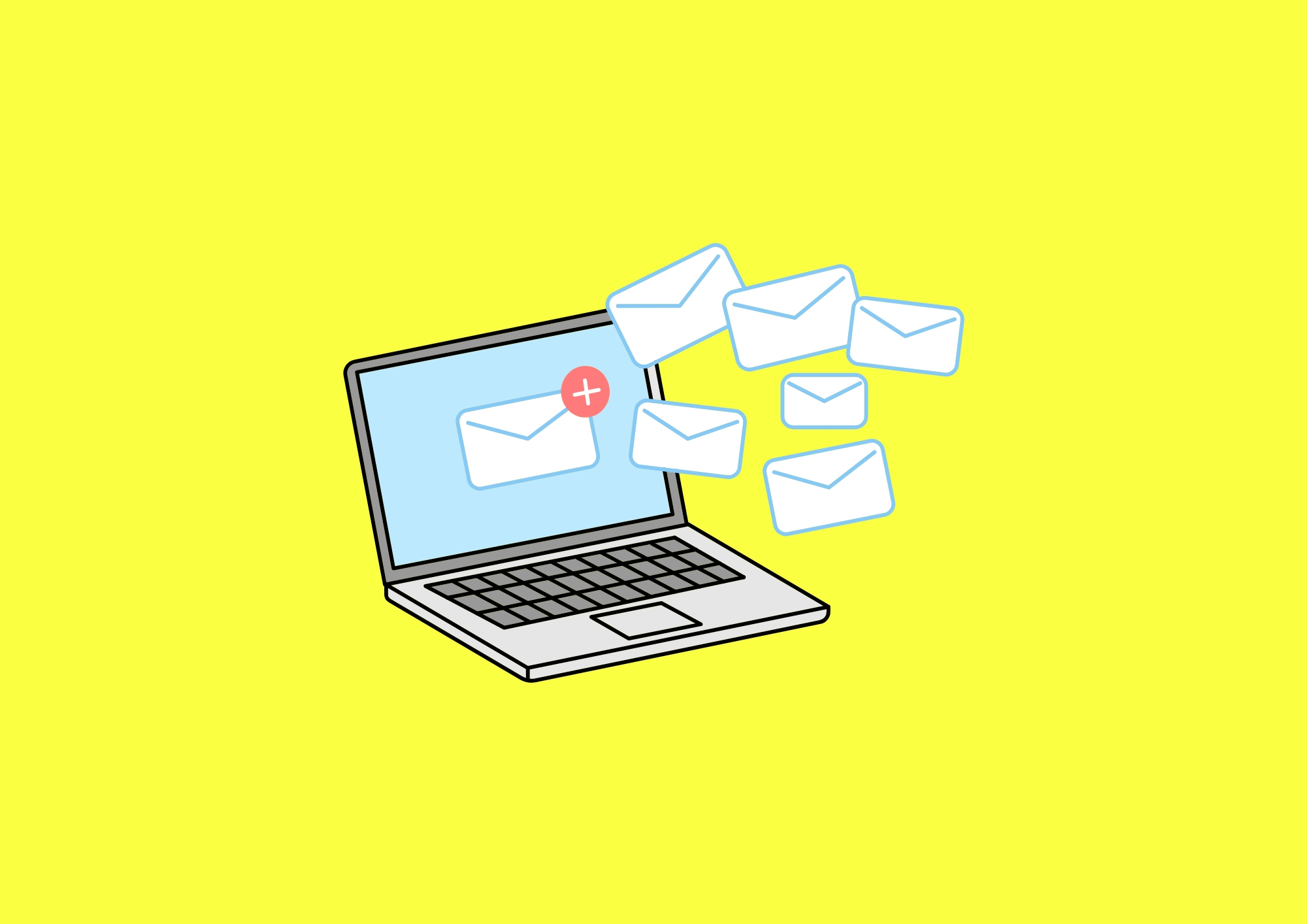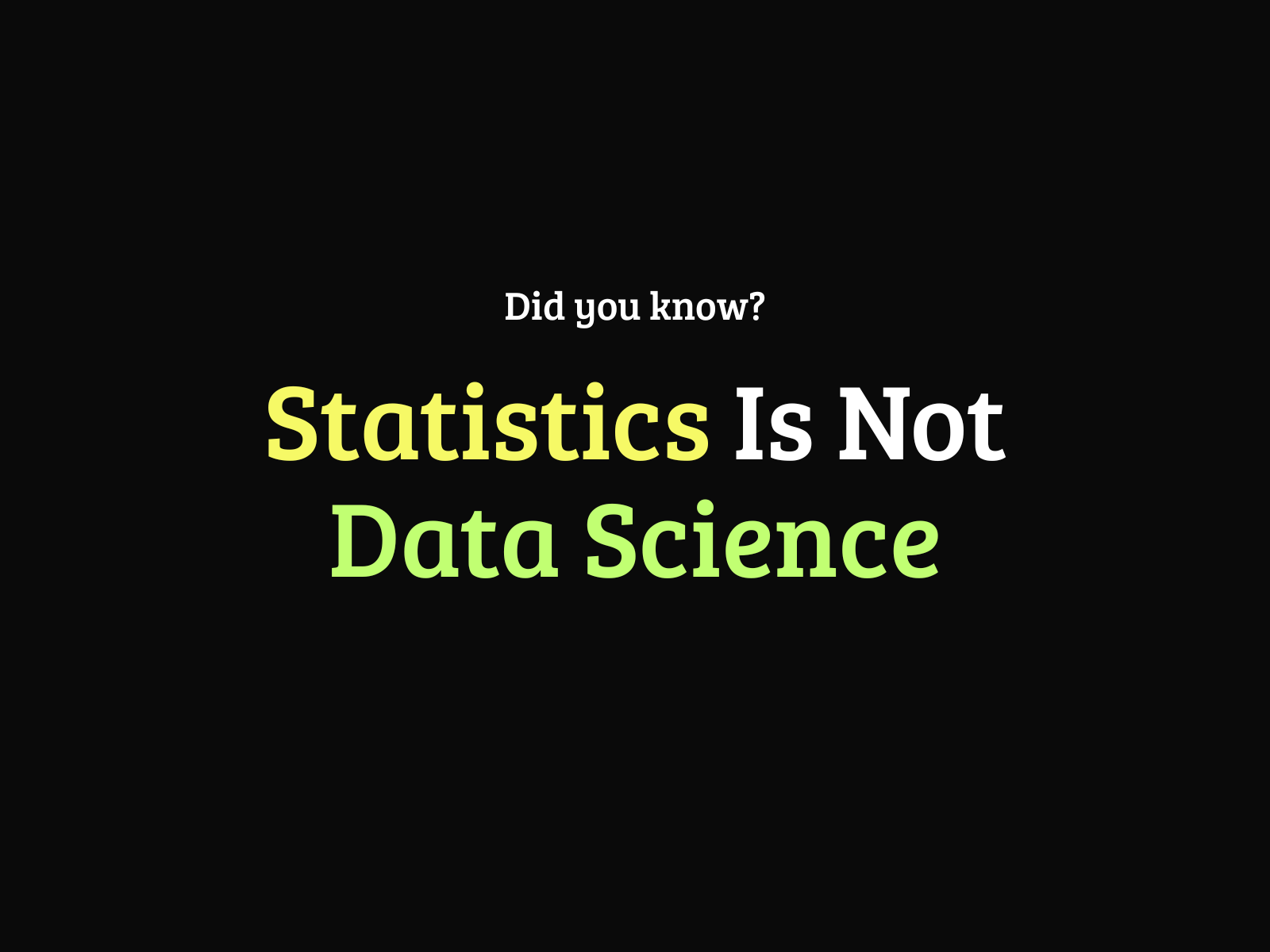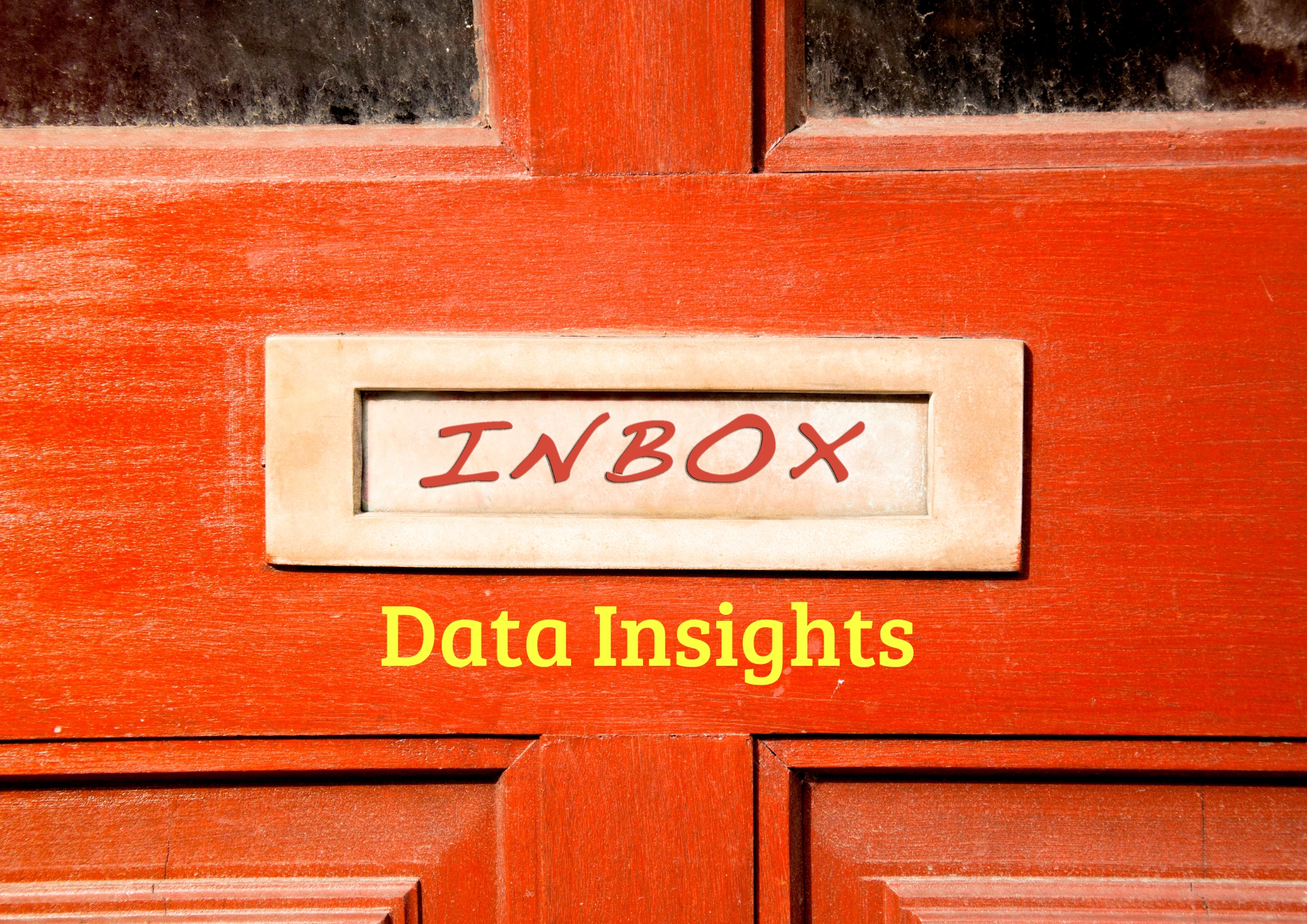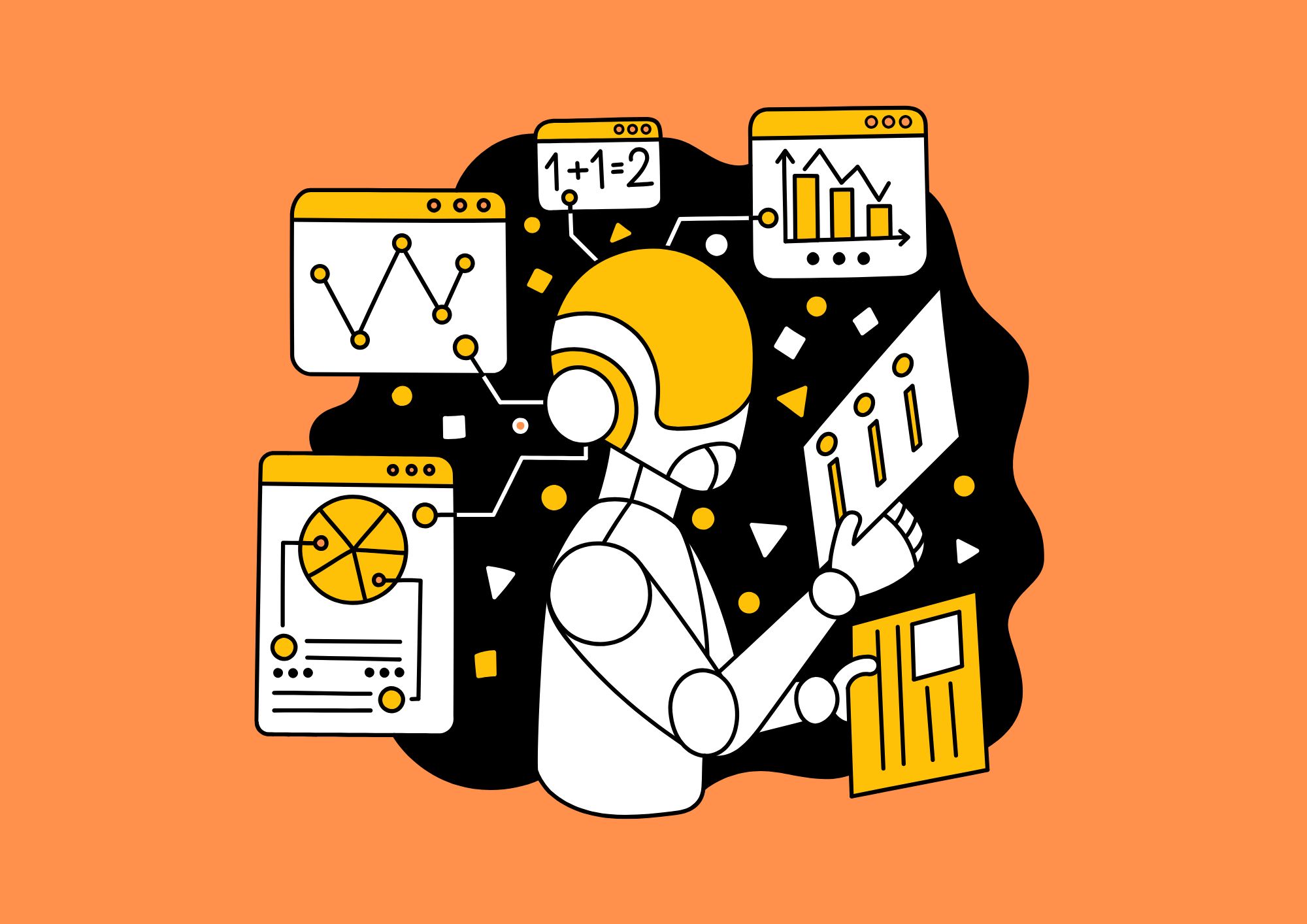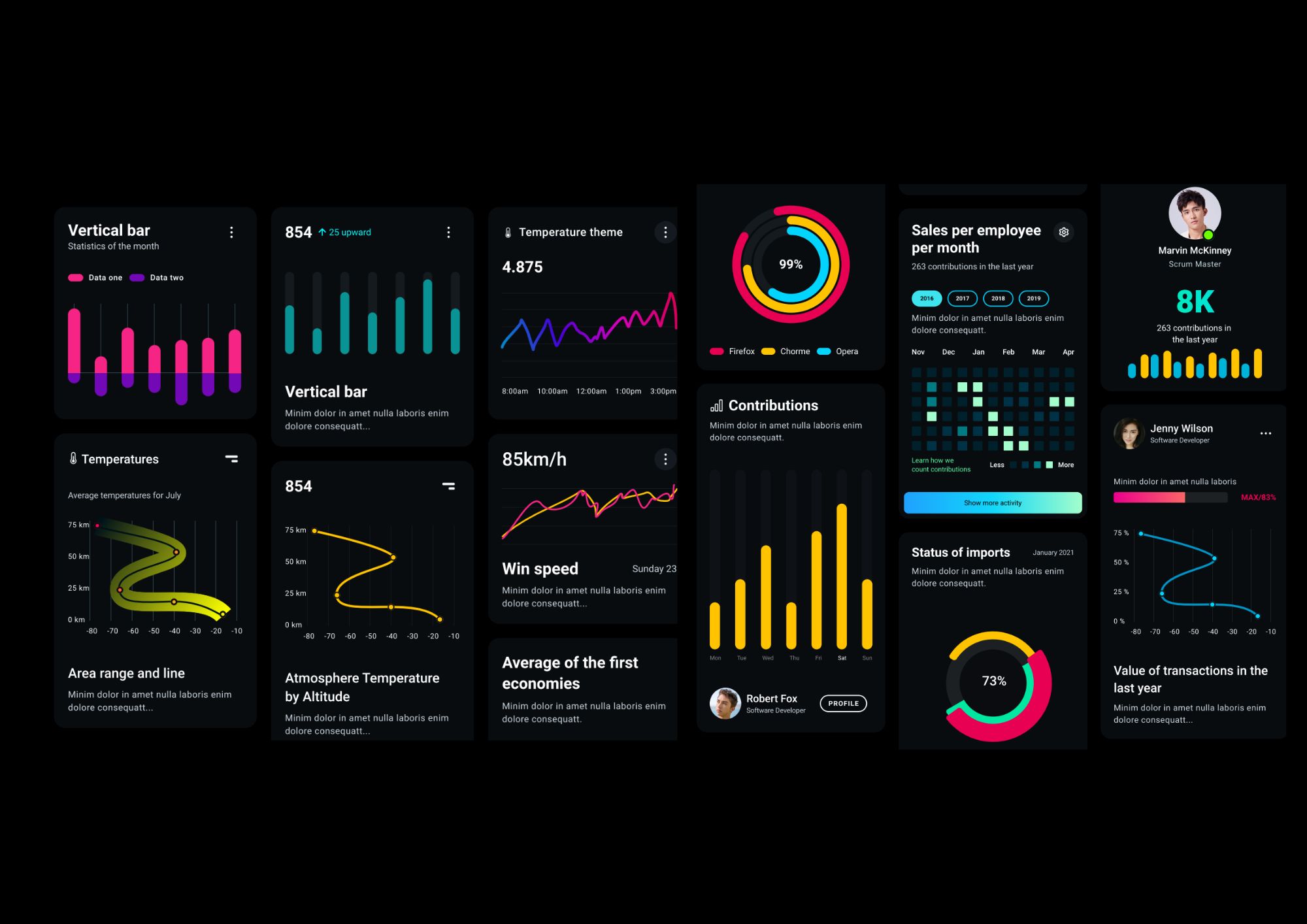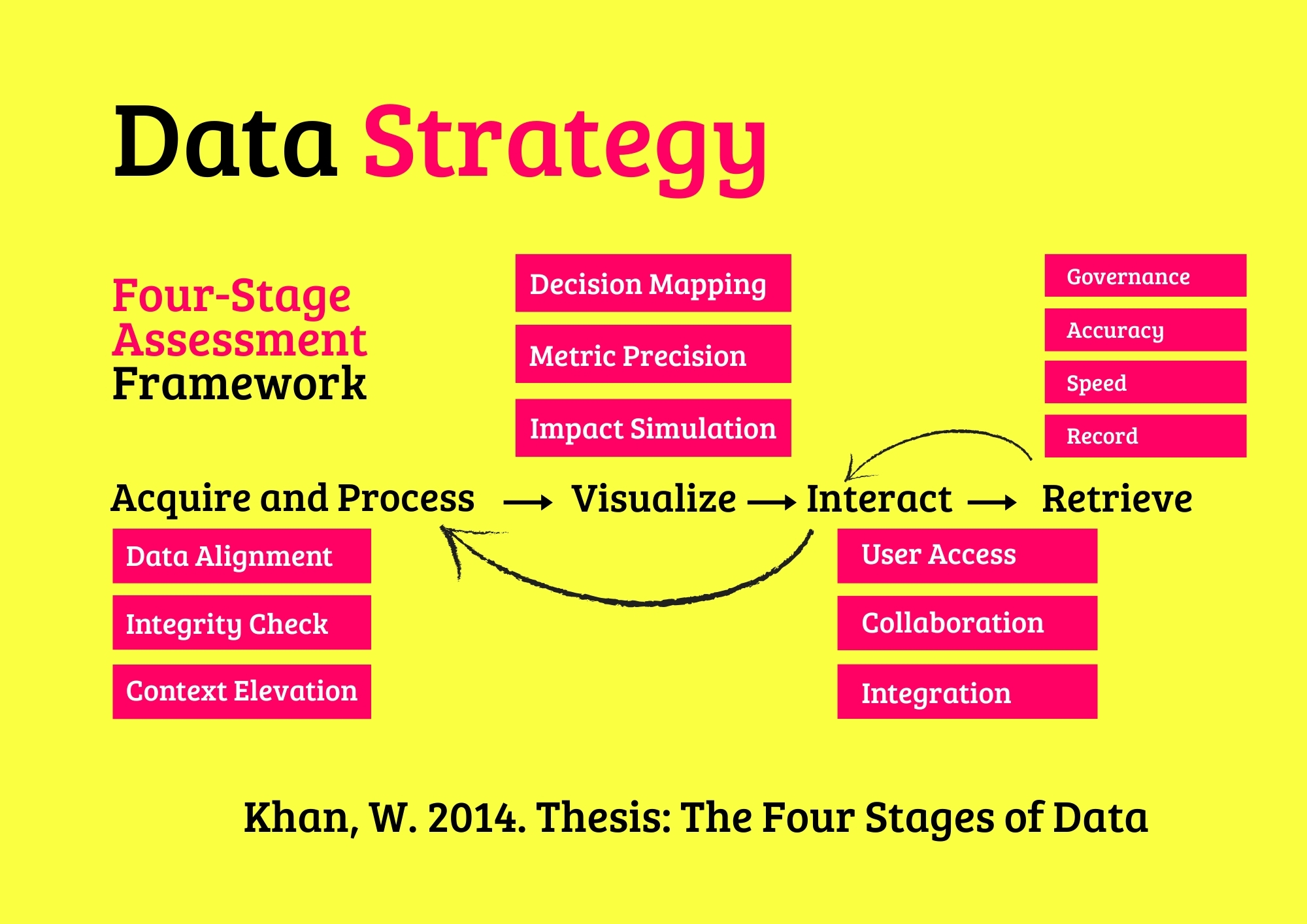What Your Email Inbox Knows
Your email inbox is a sneaky gossip, hoarding details about your life that would make your diary blush. That 2 AM reply to your boss? It knows you’re a workaholic.
Those cat meme newsletters you secretly love? It’s onto you.
Since Ray Tomlinson fired off the first networked email in 1971, this digital heir to handwritten letters and dusty ledgers has taken over the world.
In 2025, 4.7 billion people sling 376 billion emails daily.
Your inbox isn’t just a tool—it’s a digital spy, piecing together your habits, dramas, and guilty pleasures. Let’s crack it open and hear what it’s whispering.
AI Business Agents
Caspia’s AI Business Agents connect enterprise data, communication channels, and decision systems into one intelligent network that listens, responds, and acts across every business touchpoint.
Explore AI Business AgentsFrom Parchment to Pixels
Back when people scratched letters with quills, replies took weeks. Businesses logged deals in ledgers, praying the ink didn’t smudge. Then email strutted in—fast, searchable, and gloriously paper-free.
By the 1990s, it had crushed faxes; by the 2000s, Gmail’s slick cloud storage turned inboxes into digital vaults.
Today, your inbox holds everything: work rants, breakup drafts, and that dodgy “free iPhone” scam you almost fell for.
Why does email rule? It’s instant, versatile, and tracks your every move.
You can fire off a contract, flirt with emojis, or rage-delete spam in seconds.
The average person spends 28% of their workday on email, sending 40 and receiving 120 daily (McKinsey, 2024).
Your inbox is a time capsule of your life—typos, regrets, and all.
Who’s Flooding Your Inbox?
Email powers work, but some industries are downright chatty. Software nerds and corporate bigwigs lead the pack, while marketers drown you in “last chance” deals. Here’s who’s clogging the world’s inboxes in 2025, with volumes and vibes.
| Industry | Est. Daily Email Volume (Global) | Primary Use Case | Cheeky Insight |
|---|---|---|---|
| Software Engineering | 45 billion | Code rants, Jira pings, nerd debates | Devs write 300-word essays about one bug, then vanish for a week. |
| Professional Services (Legal, Consulting) | 38 billion | Client wooing, contract marathons | Lawyers send 50-page PDFs named “Final_v2.pdf” and call it organisation. |
| Sales & Marketing | 90 billion | Cold pitches, “just checking in” | 80% of these start with “Hope you’re well” (spoiler: you’re not). |
| Retail & E-commerce | 75 billion | Order receipts, flash sale spam | That “abandoned cart” email hits before you even close the tab. |
| Healthcare | 20 billion | Patient nudges, staff memos | Emails so secure, they’re basically written in hieroglyphs. |
Industry
Software Engineering: Devs live in their inboxes, arguing over code in threads longer than a Marvel movie.
65% admit to snarky “per my last email” replies (Stack Overflow, 2024).
Professional Services: Lawyers and consultants craft epic emails, signing off with “best regards” like it’s a royal decree.
Their inboxes are chaos—unread “urgent” emails pile up like laundry.
Sales & Marketing: Marketers send 10 emails per sale, tracking your every click.
Ever get a “we miss you” from a shop you visited once? That’s their desperation talking.
Retail & E-commerce: Your inbox swims in “20% off!” screams, but order confirmations steal the show—80% open rate, because who doesn’t stalk their package?
Healthcare: Emails here are locked tighter than Fort Knox, but staff still sneak in “funny cat video” forwards when no one’s watching.
A Day in the Drama
Your inbox is a soap opera starring you.
A typical day’s emails read like a sitcom script:
9:05 AM: Boss emails, “Quick call?” (It’s an hour.)
10:30 AM: Colleague forwards a 25-person thread with “Thoughts?” and zero context.
1:50 PM: Amazon confirms your impulse buy—a llama-shaped lamp.
3:20 PM: You reply-all with “Haha, love it!” and die inside.
12:01 AM: You’re typing “Sorry for the delay” to an email from last month.
These threads spill your soul.
That 3 AM reply screams workaholic. Your 60 unread LinkedIn invites? Social ghosting. The 15 emails to fix one typo? You’re a perfectionist in panic mode.
What Your Inbox Is Hiding
Your inbox is a digital detective, stitching together your life like a creepy novelist. Here’s what it’s got on you:
Your Routine: Late replies or 1 AM emails peg you as a night owl or stressed. Gmail knows you answer work emails faster than your best mate’s.
Your Vibe: AI reads your tone—breezy “Cheers!” to clients, blunt “K” to mates. Too many “urgent” emails? You’re a stress ball.
Your Weaknesses: Clicking “Top 10 Dog Memes” betrays your procrastination. Retailers know you can’t resist a “buy one, get one” deal.
Your Work Chaos: Endless “please advise” threads hint at office drama. HR might flag your 20-hour email marathons for a burnout chat.
Your Risks: That “free cruise” link you nearly clicked? Your inbox knows you’re one bad day from a phishing scam.
Gmail’s Smart Replies (“Looks great!”) are powered by scanning your emails—creepy but clever.
A typical inbox holds 15,000 emails, each with metadata (timestamps, locations) that could chart your life. Try Google Takeout to see it all—your inbox knows you better than your mum.
Take Back Your Inbox
Your inbox is a goldmine for companies.
Marketers use your clicks to sell you more lamps; bosses track your email load to spot burnout. But you can outsmart it:
Clean House: Use Clean Email to zap spam. Unsubscribe from that gym you never joined.
Get Insights: Outlook’s MyAnalytics spills your email habits—like spending 3 hours daily on “urgent” threads.
Lock It Up: Enable 2FA, dodge sketchy links, and never email your PIN.
Own Your Time: Set filters to prioritise VIPs and mute the noise. Schedule “email hours” to escape the inbox trap.
Know the Score: Google mines your emails for ads.
Opt out of ad personalisation in settings to keep them guessing.
Your email inbox is a cheeky snitch, spilling your secrets while posing as a humble tool. From its rise as a letter-slayer to its reign as a data emperor, it’s captured your life—typos, llama lamps, and all.
Devs, marketers, and retailers keep it humming, but it’s your story it’s telling. So, dive in, laugh at your reply-all disasters, and take charge.
Your inbox may know you, but you can play it at its own game.
🔍 Email Intelligence for Strategic Decision-Making
Ready to take control of what your inbox reveals?
Caspia’s Inbox Data Insights (IDI) service helps organisations uncover powerful patterns and strategic insights hidden in both structured and unstructured email content.
Transform your inbox into a source of intelligence—enhance decision-making, boost operational clarity, and reveal what truly drives your workflows.


